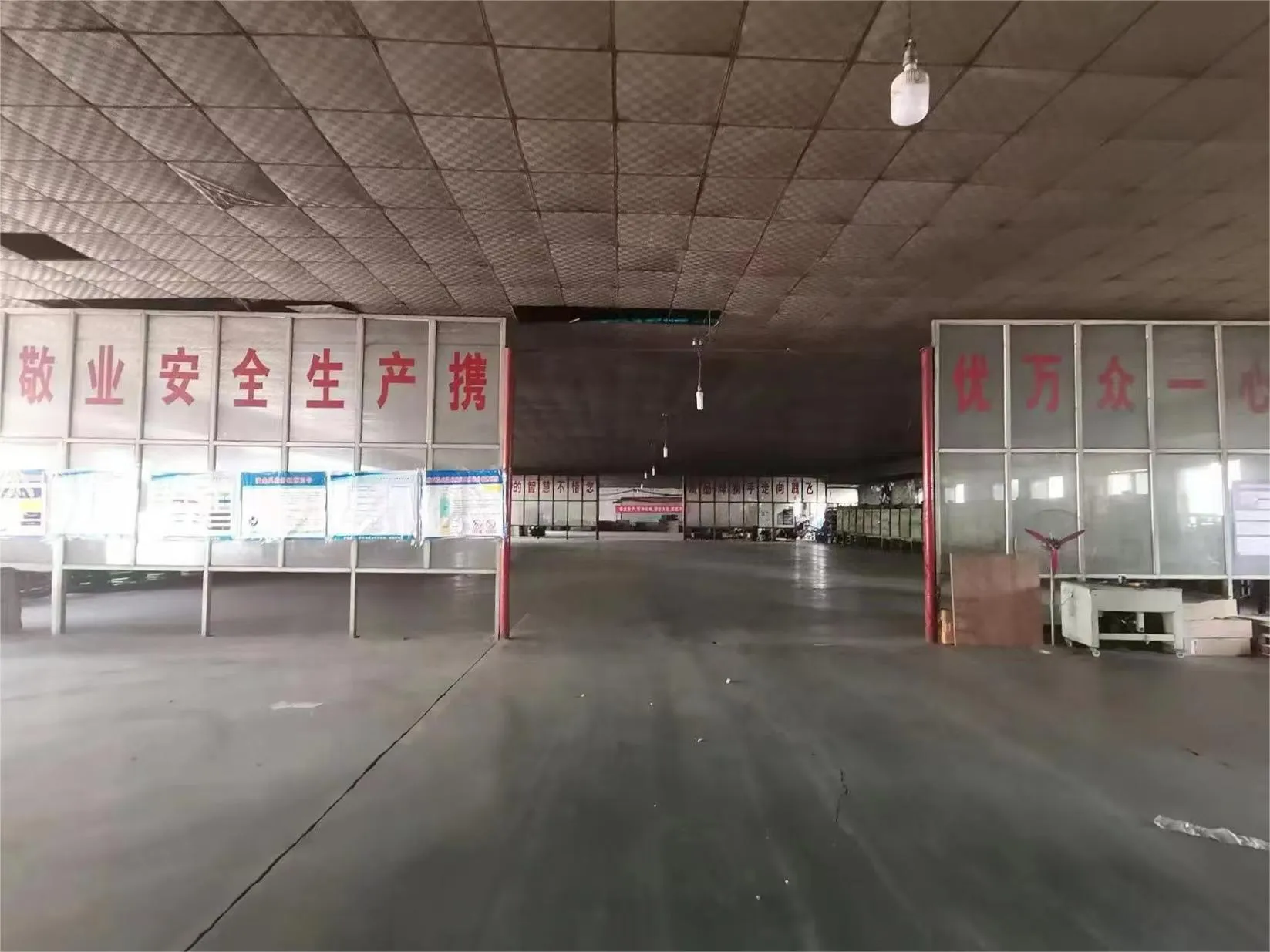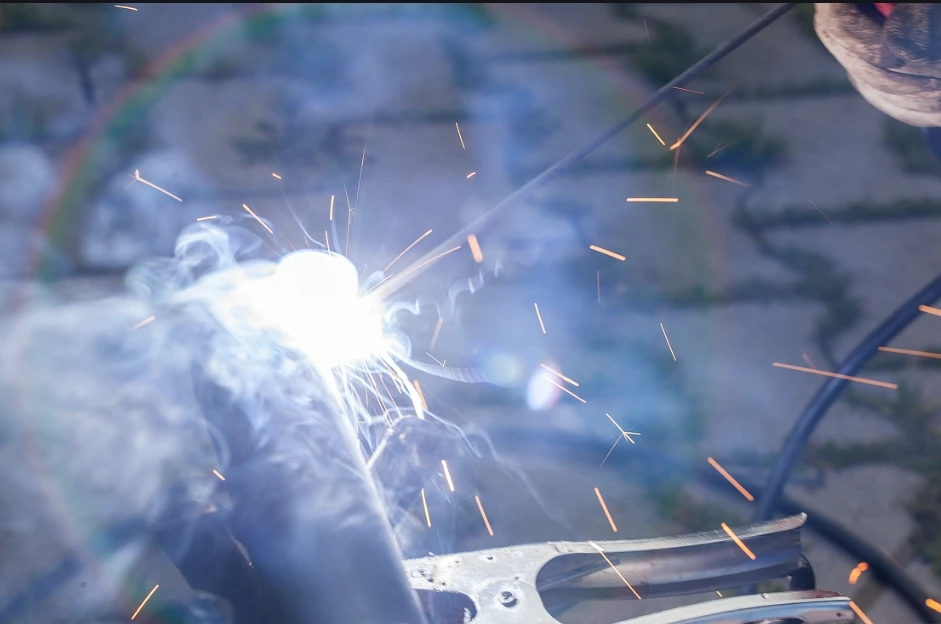AWS EZ308 Cast Iron Welding Rods 2.0mm-5.0mm
Feb . 16, 2025 11:57
Selecting the right stainless steel welding rod is a crucial decision in ensuring the integrity, durability, and performance of a welded structure. With myriad options available, the choice can seem daunting, often compounded by misinformation and varying opinions. A comprehensive understanding of the selection process for stainless steel welding rods can ensure that each weld meets the highest standards of quality and safety.
Sustainability and the working environment are becoming increasingly significant in material selection, affecting how welding rods are chosen. Some rods are specifically formulated to produce minimal spatter and smoke, which is critical in maintaining a healthy workspace and reducing the welder's exposure to potentially harmful emissions. With the growing emphasis on eco-friendly practices, opting for rods that reduce waste and require fewer resources for cleanup aligns with broader environmental goals. Expert welders also stress the importance of considering the welding process itself, whether it is shielded metal arc welding (SMAW), gas tungsten arc welding (GTAW), or flux-cored arc welding (FCAW). Each process has specific rod types tailored to optimize welding performance and efficiency. For GTAW, for instance, the pureness of the rod and its thickness can significantly impact the precision and quality of the welds produced, often employing rods such as ER308L for stainless steels due to its effectiveness in preventing oxidation and maintaining weld integrity. Testing and certification stand as critical aspects reflective of the trustworthiness of the materials used. Ensuring that the welding rods being selected comply with industry standards and undergo rigorous testing processes builds confidence in their performance. Certifications from recognized bodies confirm their suitability for specific applications, refine welding practices, and meet governmental and industrial regulations, thus instilling a sense of reliability in each project. True expertise in welding encompasses not just the technicalities but also the safety, economy, and sustainability aspects of the job. Selecting the appropriate stainless steel welding rod is a testament to professional diligence and commitment to quality. By leveraging comprehensive knowledge and making informed decisions, welders can achieve superior results that speak to their skill and understanding, setting benchmarks of excellence in metalworking craftsmanship.


Sustainability and the working environment are becoming increasingly significant in material selection, affecting how welding rods are chosen. Some rods are specifically formulated to produce minimal spatter and smoke, which is critical in maintaining a healthy workspace and reducing the welder's exposure to potentially harmful emissions. With the growing emphasis on eco-friendly practices, opting for rods that reduce waste and require fewer resources for cleanup aligns with broader environmental goals. Expert welders also stress the importance of considering the welding process itself, whether it is shielded metal arc welding (SMAW), gas tungsten arc welding (GTAW), or flux-cored arc welding (FCAW). Each process has specific rod types tailored to optimize welding performance and efficiency. For GTAW, for instance, the pureness of the rod and its thickness can significantly impact the precision and quality of the welds produced, often employing rods such as ER308L for stainless steels due to its effectiveness in preventing oxidation and maintaining weld integrity. Testing and certification stand as critical aspects reflective of the trustworthiness of the materials used. Ensuring that the welding rods being selected comply with industry standards and undergo rigorous testing processes builds confidence in their performance. Certifications from recognized bodies confirm their suitability for specific applications, refine welding practices, and meet governmental and industrial regulations, thus instilling a sense of reliability in each project. True expertise in welding encompasses not just the technicalities but also the safety, economy, and sustainability aspects of the job. Selecting the appropriate stainless steel welding rod is a testament to professional diligence and commitment to quality. By leveraging comprehensive knowledge and making informed decisions, welders can achieve superior results that speak to their skill and understanding, setting benchmarks of excellence in metalworking craftsmanship.
Related Video
Copyright © 2025 Dingzhou Jinlong Metal Production Co., Ltd. All Rights Reserved. Sitemap | Privacy Policy




























